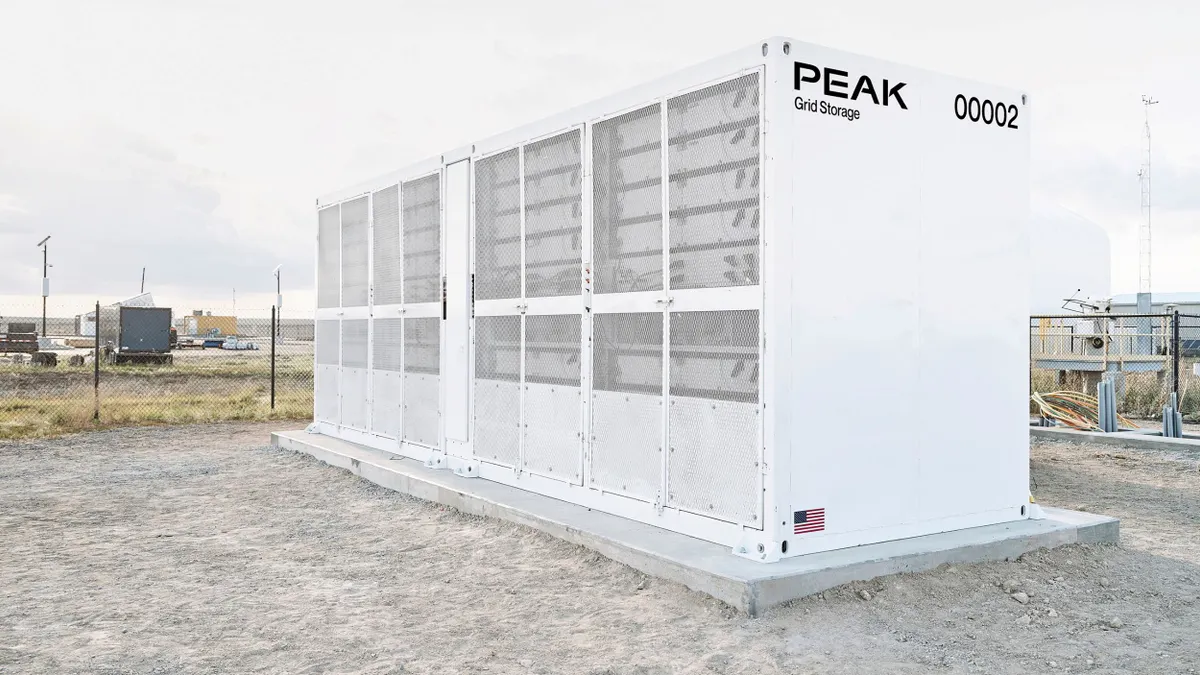Each passing summer brings an increasingly sober assessment of our nation’s power grids by the North American Electric Reliability Corporation (NERC). NERC’s 2023 Summer Reliability Assessment shows most of the US at elevated risk of blackouts this summer, but good news coming out of the US, the UK and the Netherlands suggests that bidirectional EV charging could blunt or even totally prevent the impact of power shortfalls or extreme weather events. Vehicle-to-everything (V2X) charging technology has emerged as a new potential generation source for utilities and an important resiliency tool for consumers, and the various components required to make it all work are finally coming together.
For utilities, vehicle-to-grid (V2G) technology, whereby EVs store and discharge power back to the grid when called upon, can serve as a useful tool in a portfolio of demand-side management programs. In the US, a recent study published in the Energy Advances journal found that if just 15% of light-duty vehicles participated in V2G in New England, this would provide the equivalent of 15 GW of backup power. In the UK, a study by the system operator National Grid ESO predicts that if just 26% of the country’s EVs participated in V2G then EV demand would become net negative (i.e. exporting power back to the grid) at peak times.
For consumers, the primary benefit is financial: charging an EV using power generated from rooftop solar, and then using it for home power in the evening, cuts electricity bills and avoids the need to purchase a dedicated home battery, which can cost well over $10,000. Beyond energy-bill savings, customers in certain states and countries can even earn money through grid export: ev.energy’s V2X whitepaper estimates that V2G export can generate up to £725 per year in the UK. Beyond the financial benefits, ev.energy found that consumers are also enticed by personal energy security, or the ability ride out power outages using backup generation from their EV. Vehicles like the Ford F-150 Lightning tout their vehicle-to-home (V2H) capabilities: when paired with the Sunrun energy system, the F-150 Lightning can store 131 kWh of energy and deliver up to 9.6 kW of power to a home.
Progress toward enabling V2G has recently accelerated. In California, the largest utilities (PG&E, SCE and SDG&E) are all running V2G pilots, and the public utilities commission recently allowed EVs to get paid in its Emergency Load Reduction Program. Further east, Con Edison and National Grid are running V2G pilots, and in Great Britain EVs are even being used to deliver real-time system load balancing. Industry coalitions are also forming, such as ev.energy’s V2X-Flex project with Nissan, Volkswagen, Stellantis, Siemens, Wallbox and Indra.
To truly enable V2G at scale, a number of pieces need to fall into place. First, while many leading automakers - including Ford, GM, Nissan and Volkswagen - have all announced plans to make their vehicles V2G compatible, few EV chargers are capable of bidirectional charging, and those that do can cost upwards of $5,000. Second, utilities and grid operators need to adequately compensate their customers - whether they are commercial fleets or single-family homes - for the grid value they provide by allowing their vehicle’s battery to be discharged; this will also help to decreases the payback period for a V2G charger. Third, drivers require a seamless user experience that allows them to set minimum battery levels, easily integrate with solar and other distributed assets, and automatically optimize their EV charge and discharge without too much effort. Read more on how to unlock barriers in V2X in ev.energy’s whitepaper.










